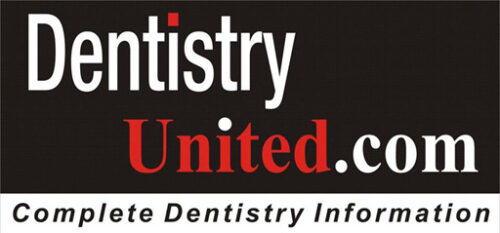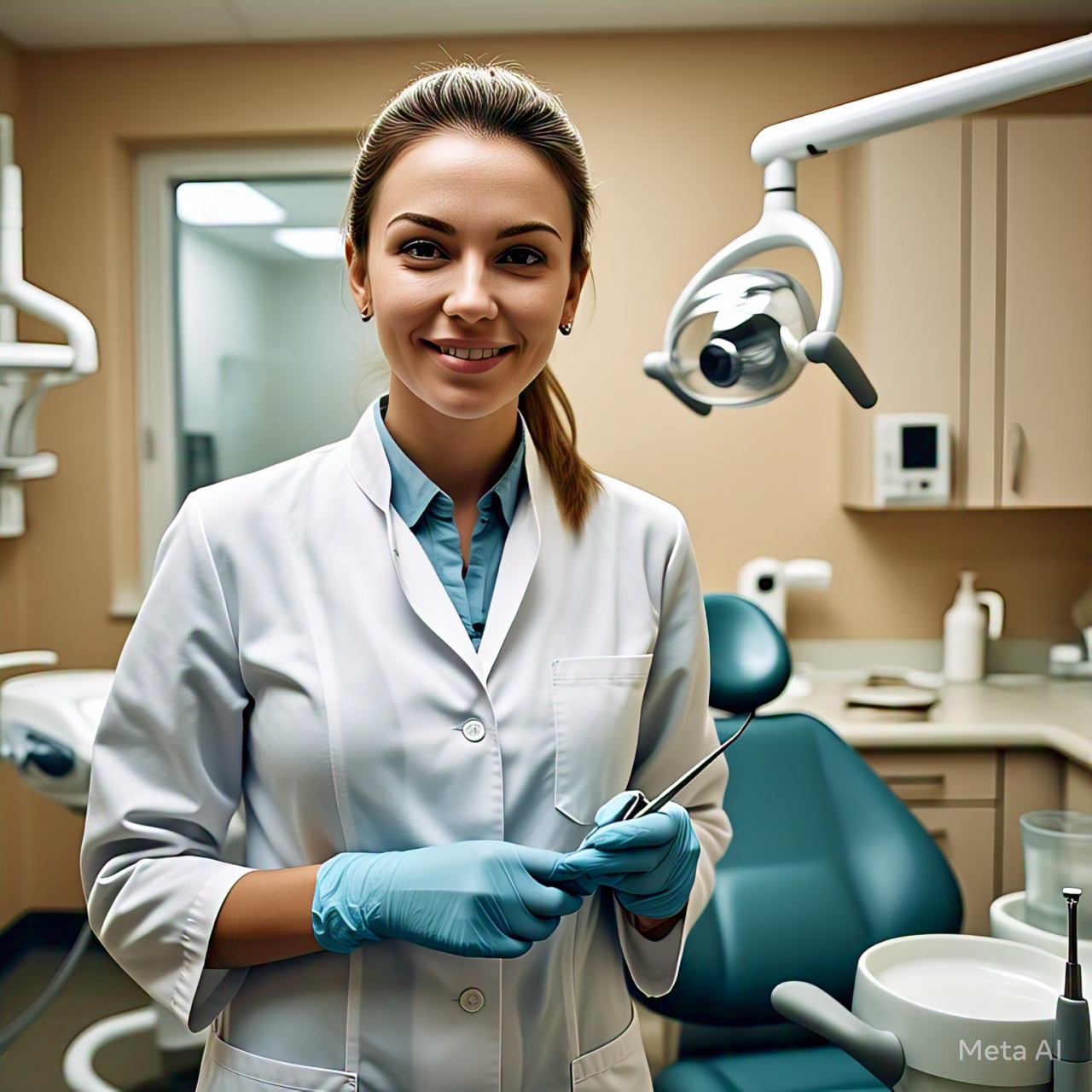It was an enigma that had plagued the profession for centuries. A silent adversary, creeping beneath the gum line, wreaking havoc upon the very foundations of the teeth, often undetected until it was far too late. Periodontal disease—the phantom menace of the oral cavity—had long evaded swift justice, its presence revealed only through crude tools and telltale radiographs that spoke more of history than prophecy.
But science, much like a shrewd detective, has its ways of cornering a culprit. And so, my dear reader, we arrive at the crux of this tale—a most thrilling advancement in the realm of periodontology: chairside biosensors, designed to unmask the molecular miscreants fueling periodontal destruction.
The Clues That Led Us Here: Early Suspicions
Every villain leaves a trace, and our nemesis was no exception. Decades of investigation into the inflammatory underpinnings of periodontal disease had revealed a cast of biochemical rogues, lurking within saliva, gingival crevicular fluid, and plaque biofilms. Chief among them:
- Matrix Metalloproteinase-8 (MMP-8)—the executioner of collagen, betraying the slow disintegration of periodontal support.
- Interleukin-1β (IL-1β)—a harbinger of inflammatory mayhem, sounding the clarion call for destruction.
- Tumor Necrosis Factor-alpha (TNF-α)—stoking the fires of tissue resorption with nefarious intent.
- Interleukin-6 (IL-6)—weaving connections between periodontal disease and distant systemic afflictions.
- Human Neutrophil Elastase (HNE) and Cathepsin-G—stealthy proteases, quietly eroding the barriers of periodontal integrity.
Traditional means of detection—the probing, the charting, the radiographs—offered mere glimpses into past transgressions, unable to forewarn of impending catastrophe. But the dawn of biosensor technology promised real-time revelations, a chance to apprehend disease before irreversible damage was done.
A Trail of Discoveries: The Early Pursuit
The 1990s saw the first forays into the realm of rapid diagnostics. Crude, perhaps, but promising. Dipstick tests emerged, whispering secrets of MMP-8 concentrations within gingival crevicular fluid. Handheld amperometric devices traced the activity of salivary peroxidase, hinting at a correlation with disease severity. Yet, these methods—though valiant—lacked finesse, hampered by the limitations of manual sampling and single-biomarker focus.
The Plot Thickens: The 2010s and the Rise of the Machines
With the passage of time, the case grew more intriguing. The introduction of nanotechnology, microfluidics, and lab-on-a-chip (LOC) systems transformed the scene. Science sharpened its tools, crafting biosensors that could:
- Detect MMP-8 in mere minutes, rivaling the accuracy of ELISA.
- Integrate multiple biomarkers within a single chip, drawing a fuller portrait of disease activity.
- Amplify signals using nanoparticles, rendering even the faintest biochemical whispers impossible to ignore.
These innovations, though groundbreaking, remained confined to the world of research. The true challenge lay ahead—translating these triumphs into tools fit for the clinician’s chairside arsenal.
The Breakthrough: 2020–2025 and the Culprit Exposed
At last, the moment of reckoning arrived. The past five years have seen biosensor technology step out of the shadows and into clinical practice. Consider, if you will, these remarkable devices:
- Dual-channel electrochemical biosensors—delivering swift verdicts on MMP-8 and IL-1β levels within 15 minutes.
- Protease-based biosensors—unveiling the sinister work of HNE and Cathepsin-G through a simple color shift, perceptible to the naked eye.
- Commercial champions—PerioSafe® and ORALyzer®, bringing salivary diagnostics into mainstream dental care.
- Wearable nanosensors—ingeniously disguised within mouthguards or bonded discreetly to tooth surfaces, transmitting continuous surveillance data via Wi-Fi.
The Last Obstacle: Lingering Mysteries
And yet, no case is without its final, stubborn mysteries. Questions linger:
- Can a single biomarker truly convict periodontal disease, or must we rely on a coalition of markers?
- Will these devices become affordable enough for universal adoption, or will cost remain a barrier?
- Can we standardize saliva-based diagnostics, overcoming the natural variances in composition and collection methods?
As of this writing, dear reader, we stand on the precipice of a new era in periodontology. Chairside biosensors, once the stuff of speculation, are no longer a mere whisper in the halls of research. They have taken their place in the clinician’s hands, ready to tip the balance in favor of early detection and personalized intervention.
The adversary, periodontal disease, is formidable. But, as any detective worth their salt will tell you—the more evidence we gather, the harder it is for the villain to escape.
About the Author
Dr. Hajeera Banu is a skilled dentist who graduated from RGUHS in 2014 and has since built a successful career in the field. With a strong focus on implants, restorative dentistry, and aligners, she has honed her expertise to offer her patients the highest level of care. Based in Mysore, India, Dr. Banu runs her own private practice, where she combines advanced dental techniques with a patient-centered approach.
Her passion for dentistry extends beyond her practice; she stays up-to-date with the latest advancements in the field to ensure she delivers the best outcomes. Outside of her professional life, Dr. Banu enjoys blogging, where she shares insights and experiences from her dental journey, as well as her love for cooking and traveling. These interests help to balance her dynamic lifestyle, and she continues to seek personal and professional growth in all aspects of her life.

